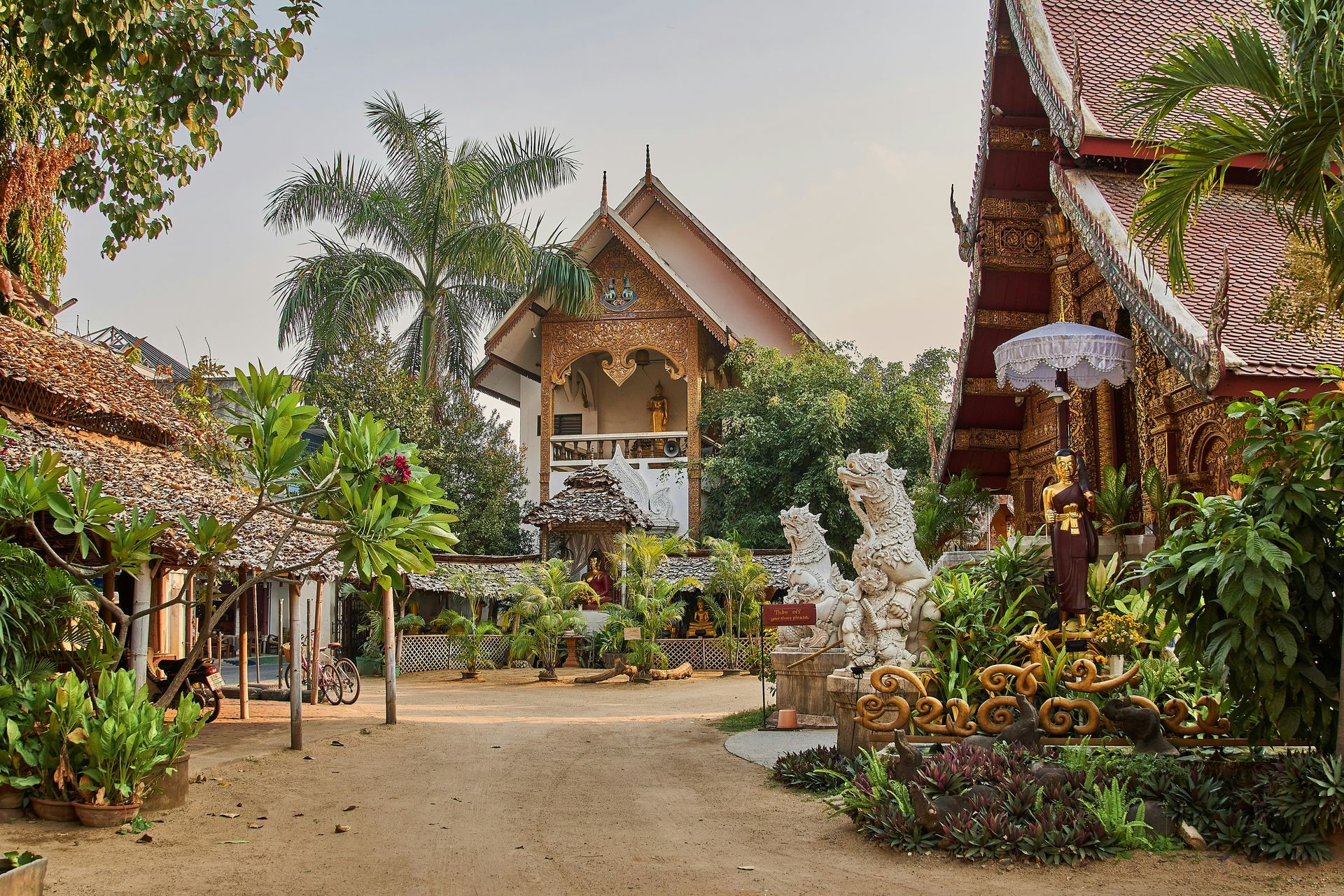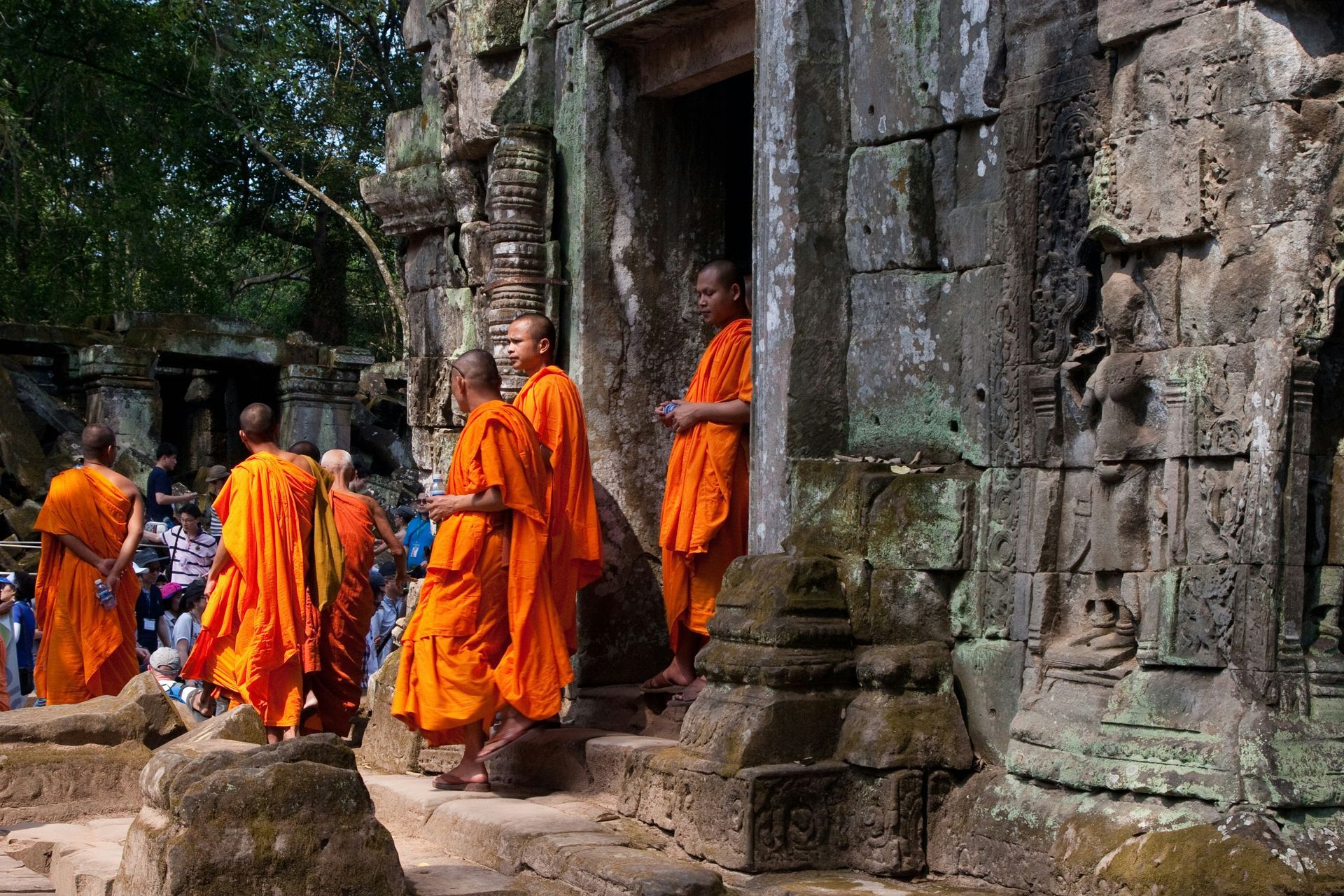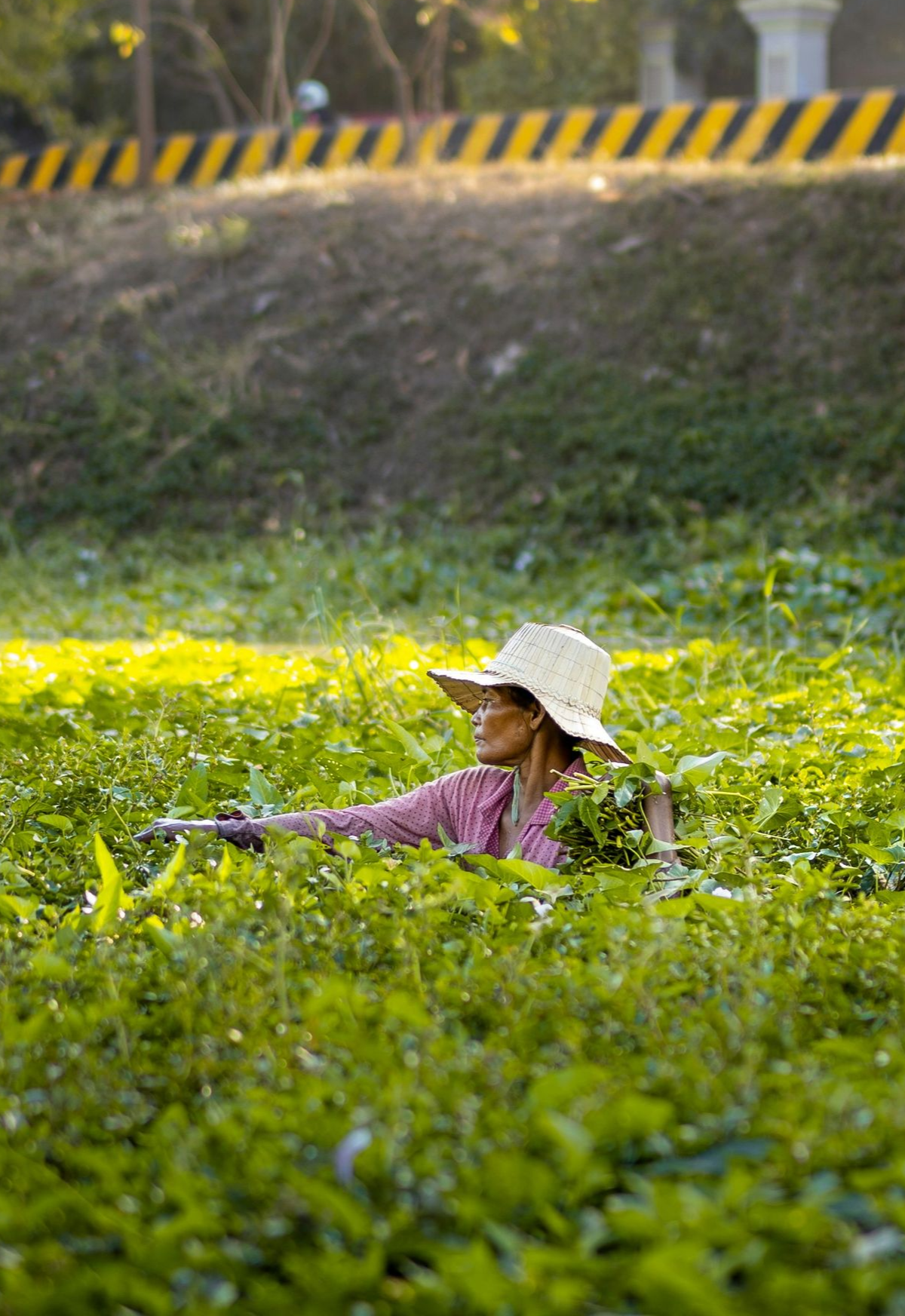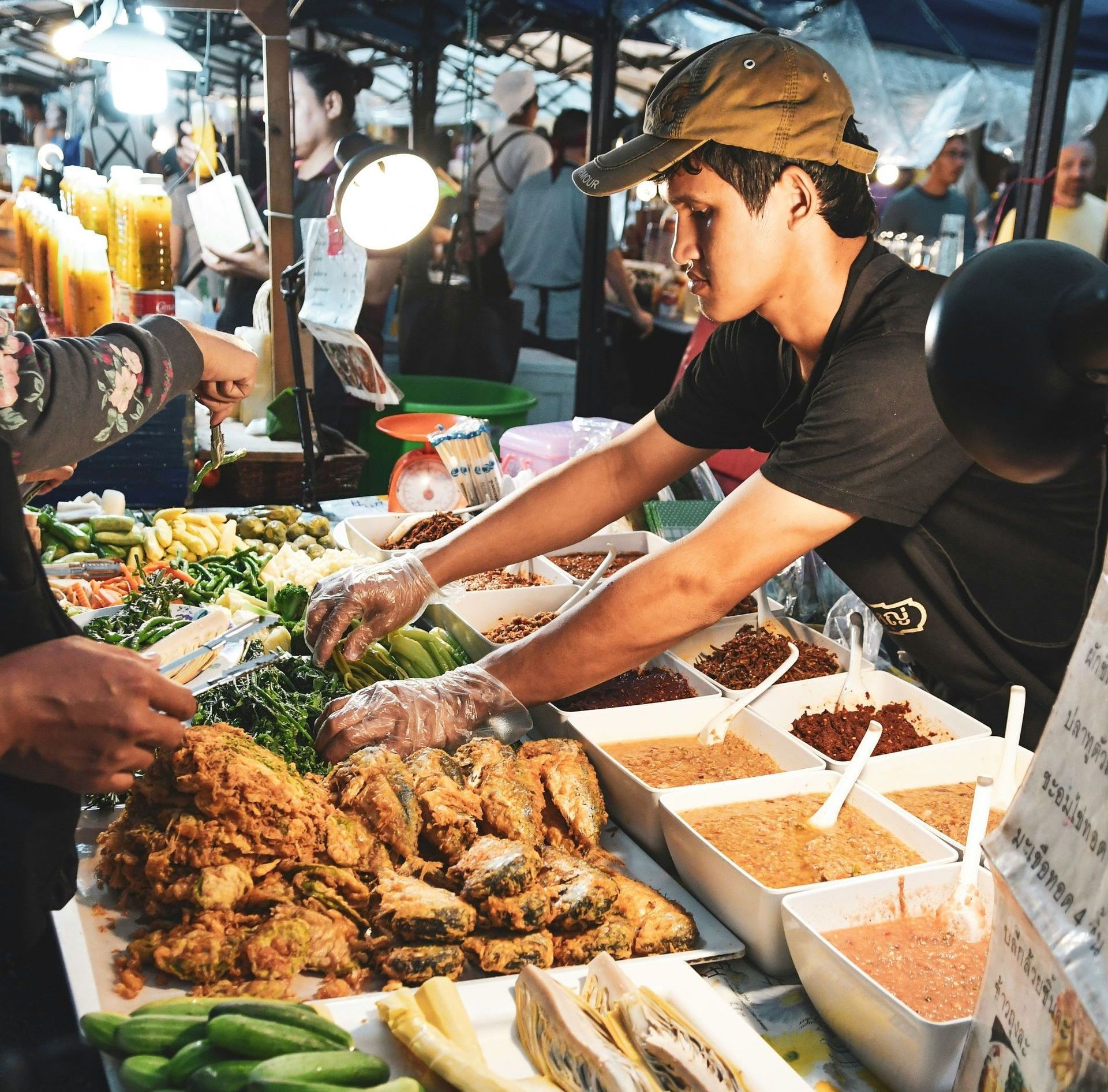Cambodia
Cambodia is a land of timeless beauty, where ancient temples, vibrant traditions, and stunning landscapes come together to create an unforgettable destination. From the awe-inspiring Angkor Wat and the bustling streets of Phnom Penh to the tranquil countryside and golden beaches, Cambodia offers a rich blend of history and natural charm. Beyond its landmarks, the warmth of its people, flavorful cuisine, and colorful festivals make Cambodia a place of discovery, culture, and inspiration.
Cambodia
Cambodia is a land of timeless beauty, where ancient temples, vibrant traditions, and stunning landscapes come together to create an unforgettable destination. From the awe-inspiring Angkor Wat and the bustling streets of Phnom Penh to the tranquil countryside and golden beaches, Cambodia offers a rich blend of history and natural charm. Beyond its landmarks, the warmth of its people, flavorful cuisine, and colorful festivals make Cambodia a place of discovery, culture, and inspiration.
Why Cambodia?
Cambodia is a destination that captivates with its rich history, cultural depth, and natural beauty. Home to the magnificent Angkor Wat, the largest religious monument in the world, it offers travelers a chance to step into the heart of ancient civilizations. Beyond its temples, Cambodia enchants with vibrant markets, floating villages, and golden coastlines that invite exploration. The resilience and warmth of its people, paired with a thriving food scene and colorful traditions, make Cambodia not just a place to visit, but a journey into a living, breathing heritage.
Land of Temples.
Cambodia is rightfully known as the Land of Temples, home to some of the most breathtaking and historically significant sites in the world. At the heart of this legacy is Angkor Wat, a UNESCO World Heritage Site and the largest religious monument on Earth, admired for its intricate carvings and grand design. Beyond Angkor, countless other temples—such as Bayon with its serene stone faces and Ta Prohm embraced by jungle roots—reveal the artistry and spiritual devotion of the Khmer Empire. Together, these sacred sites stand as enduring symbols of Cambodia’s cultural and historical richness.
Why Cambodia?
Cambodia is a destination that captivates with its rich history, cultural depth, and natural beauty. Home to the magnificent Angkor Wat, the largest religious monument in the world, it offers travelers a chance to step into the heart of ancient civilizations. Beyond its temples, Cambodia enchants with vibrant markets, floating villages, and golden coastlines that invite exploration. The resilience and warmth of its people, paired with a thriving food scene and colorful traditions, make Cambodia not just a place to visit, but a journey into a living, breathing heritage.
Land of Temples.
Cambodia is rightfully known as the Land of Temples, home to some of the most breathtaking and historically significant sites in the world. At the heart of this legacy is Angkor Wat, a UNESCO World Heritage Site and the largest religious monument on Earth, admired for its intricate carvings and grand design. Beyond Angkor, countless other temples—such as Bayon with its serene stone faces and Ta Prohm embraced by jungle roots—reveal the artistry and spiritual devotion of the Khmer Empire. Together, these sacred sites stand as enduring symbols of Cambodia’s cultural and historical richness.
Featured Itineraries
Kingdoms of Southeast Asia
Collette Tour
Mekong Discovery
Avalon River Cruise
The Cambodian Culture
Cambodia’s culture is a vibrant tapestry woven from ancient traditions, spiritual beliefs, and everyday life. Strongly influenced by Buddhism, it is reflected in temple rituals, festivals, and the importance of community and family. Traditional arts such as Apsara dance, silk weaving, and shadow puppetry preserve centuries of creativity and storytelling. Music and cuisine add further depth, blending simplicity with rich flavors and rhythms. At its heart, Cambodian culture is defined by resilience and warmth, offering travelers an authentic glimpse into a way of life that is both timeless and welcoming.
Religion & Spirituality
Religion is at the heart of Cambodian life, with Buddhism shaping traditions, values, and daily practices across the country. Golden pagodas, serene monks in saffron robes, and offerings at household shrines reflect the deep spiritual connection woven into everyday life. Many festivals, such as Pchum Ben and Visak Bochea, are rooted in Buddhist teachings, honoring ancestors and the cycle of renewal. Alongside this, ancient Hindu influences can still be seen in temple carvings and rituals, especially at Angkor. Together, these spiritual traditions highlight Cambodia’s enduring devotion and cultural depth.
Crafts & Artistry
Cambodia’s rich artistic heritage is beautifully expressed through its crafts and traditional artistry. Skilled artisans continue age-old practices such as silk weaving, stone carving, and silverwork—arts once flourishing under the Khmer Empire. Handwoven textiles, adorned with intricate patterns, showcase the elegance of Cambodian design, while carvings echo the grandeur of Angkor’s temples. From lacquerware to handmade pottery, each piece reflects a deep respect for tradition and craftsmanship. These creations not only preserve cultural identity but also offer visitors a chance to connect with Cambodia’s living heritage.
Festivals & Traditions
Cambodia’s festivals and traditions are joyful reflections of its cultural and spiritual heritage. The Khmer New Year, celebrated in April, marks the harvest season with games, dancing, and temple visits, bringing families and communities together. The Water Festival (Bon Om Touk), held along the Tonle Sap and Mekong rivers, features colorful boat races that honor the life-giving waters. Other traditions, like Pchum Ben, pay respect to ancestors through offerings and prayer. These celebrations blend faith, community, and festivity, offering travelers a vivid glimpse into Cambodia’s vibrant way of life.
The Cambodian Culture
Cambodia’s culture is a vibrant tapestry woven from ancient traditions, spiritual beliefs, and everyday life. Strongly influenced by Buddhism, it is reflected in temple rituals, festivals, and the importance of community and family. Traditional arts such as Apsara dance, silk weaving, and shadow puppetry preserve centuries of creativity and storytelling. Music and cuisine add further depth, blending simplicity with rich flavors and rhythms. At its heart, Cambodian culture is defined by resilience and warmth, offering travelers an authentic glimpse into a way of life that is both timeless and welcoming.
Religion & Spirituality
Religion is at the heart of Cambodian life, with Buddhism shaping traditions, values, and daily practices across the country. Golden pagodas, serene monks in saffron robes, and offerings at household shrines reflect the deep spiritual connection woven into everyday life. Many festivals, such as Pchum Ben and Visak Bochea, are rooted in Buddhist teachings, honoring ancestors and the cycle of renewal. Alongside this, ancient Hindu influences can still be seen in temple carvings and rituals, especially at Angkor. Together, these spiritual traditions highlight Cambodia’s enduring devotion and cultural depth.
Crafts & Artistry
Cambodia’s rich artistic heritage is beautifully expressed through its crafts and traditional artistry. Skilled artisans continue age-old practices such as silk weaving, stone carving, and silverwork—arts once flourishing under the Khmer Empire. Handwoven textiles, adorned with intricate patterns, showcase the elegance of Cambodian design, while carvings echo the grandeur of Angkor’s temples. From lacquerware to handmade pottery, each piece reflects a deep respect for tradition and craftsmanship. These creations not only preserve cultural identity but also offer visitors a chance to connect with Cambodia’s living heritage.
Festivals & Traditions
Cambodia’s festivals and traditions are joyful reflections of its cultural and spiritual heritage. The Khmer New Year, celebrated in April, marks the harvest season with games, dancing, and temple visits, bringing families and communities together. The Water Festival (Bon Om Touk), held along the Tonle Sap and Mekong rivers, features colorful boat races that honor the life-giving waters. Other traditions, like Pchum Ben, pay respect to ancestors through offerings and prayer. These celebrations blend faith, community, and festivity, offering travelers a vivid glimpse into Cambodia’s vibrant way of life.
The Cambodian Culture
Cambodia’s culture is a vibrant tapestry woven from ancient traditions, spiritual beliefs, and everyday life. Strongly influenced by Buddhism, it is reflected in temple rituals, festivals, and the importance of community and family. Traditional arts such as Apsara dance, silk weaving, and shadow puppetry preserve centuries of creativity and storytelling. Music and cuisine add further depth, blending simplicity with rich flavors and rhythms. At its heart, Cambodian culture is defined by resilience and warmth, offering travelers an authentic glimpse into a way of life that is both timeless and welcoming.
Religion & Spirituality
Religion is at the heart of Cambodian life, with Buddhism shaping traditions, values, and daily practices across the country. Golden pagodas, serene monks in saffron robes, and offerings at household shrines reflect the deep spiritual connection woven into everyday life. Many festivals, such as Pchum Ben and Visak Bochea, are rooted in Buddhist teachings, honoring ancestors and the cycle of renewal. Alongside this, ancient Hindu influences can still be seen in temple carvings and rituals, especially at Angkor. Together, these spiritual traditions highlight Cambodia’s enduring devotion and cultural depth.
Crafts & Artistry
Cambodia’s rich artistic heritage is beautifully expressed through its crafts and traditional artistry. Skilled artisans continue age-old practices such as silk weaving, stone carving, and silverwork—arts once flourishing under the Khmer Empire. Handwoven textiles, adorned with intricate patterns, showcase the elegance of Cambodian design, while carvings echo the grandeur of Angkor’s temples. From lacquerware to handmade pottery, each piece reflects a deep respect for tradition and craftsmanship. These creations not only preserve cultural identity but also offer visitors a chance to connect with Cambodia’s living heritage.
Festivals & Traditions
Cambodia’s festivals and traditions are joyful reflections of its cultural and spiritual heritage. The Khmer New Year, celebrated in April, marks the harvest season with games, dancing, and temple visits, bringing families and communities together. The Water Festival (Bon Om Touk), held along the Tonle Sap and Mekong rivers, features colorful boat races that honor the life-giving waters. Other traditions, like Pchum Ben, pay respect to ancestors through offerings and prayer. These celebrations blend faith, community, and festivity, offering travelers a vivid glimpse into Cambodia’s vibrant way of life.
Featured Destinations
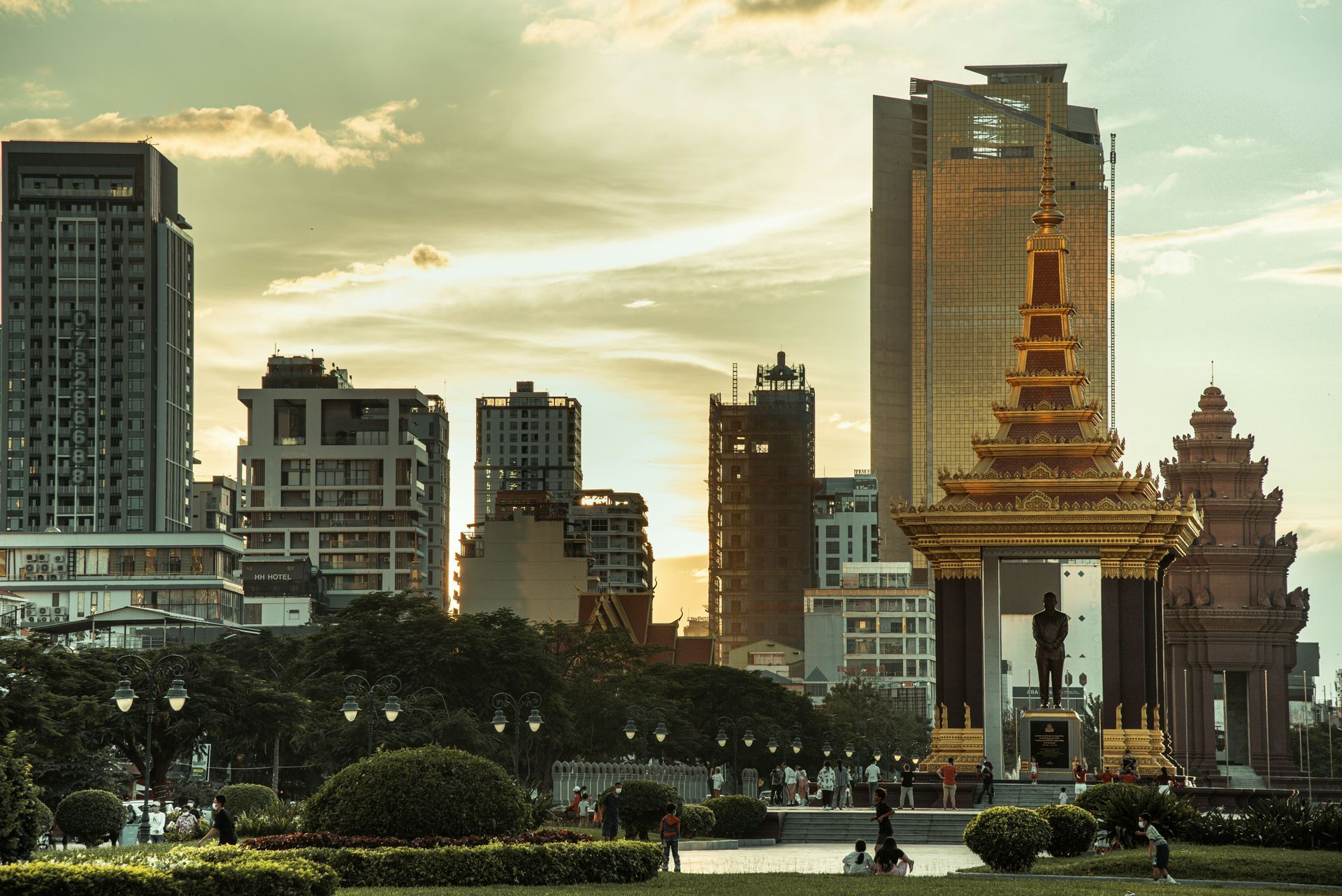
Slide title
Phnom Penh
Button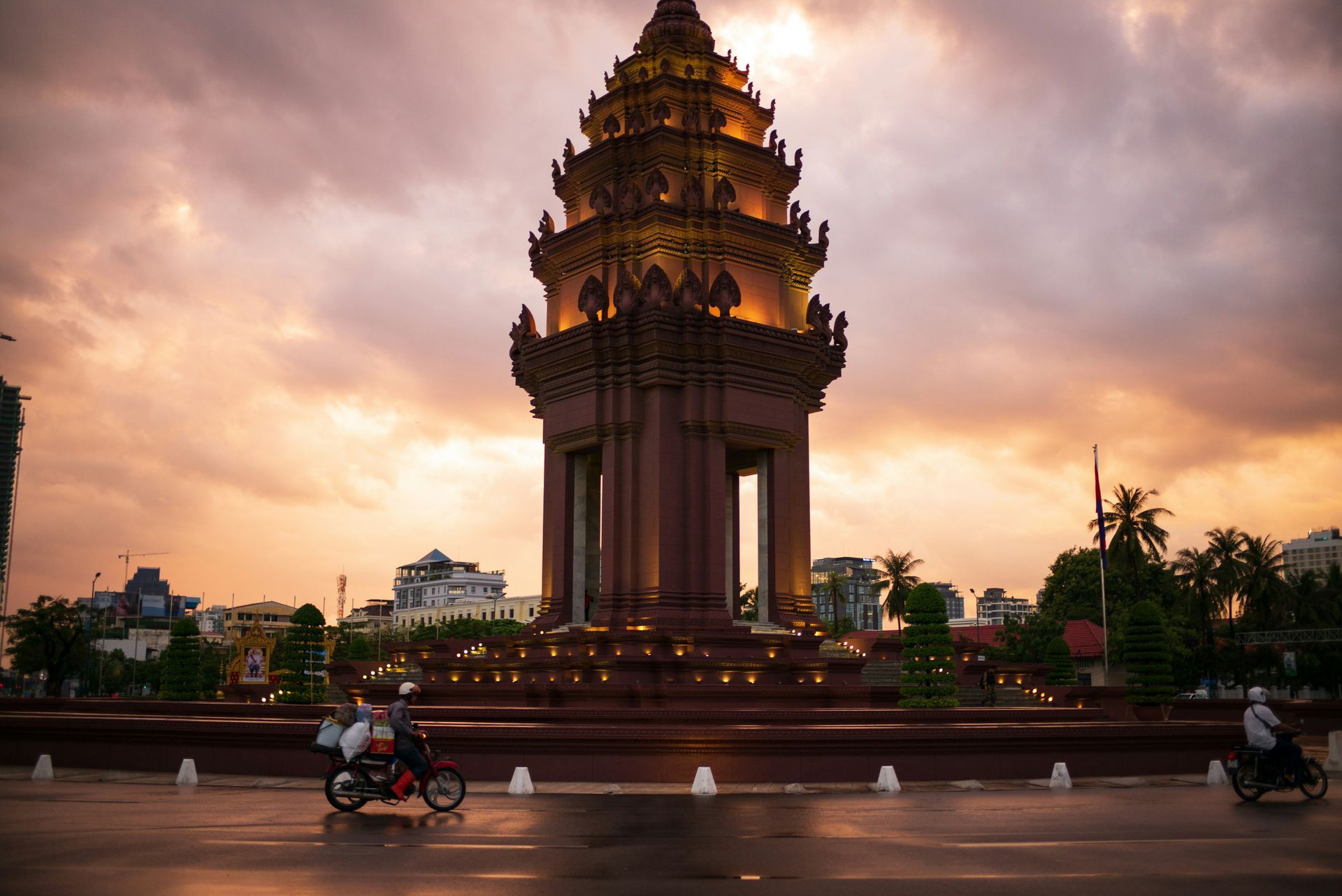
Slide title
Phnom Penh
Button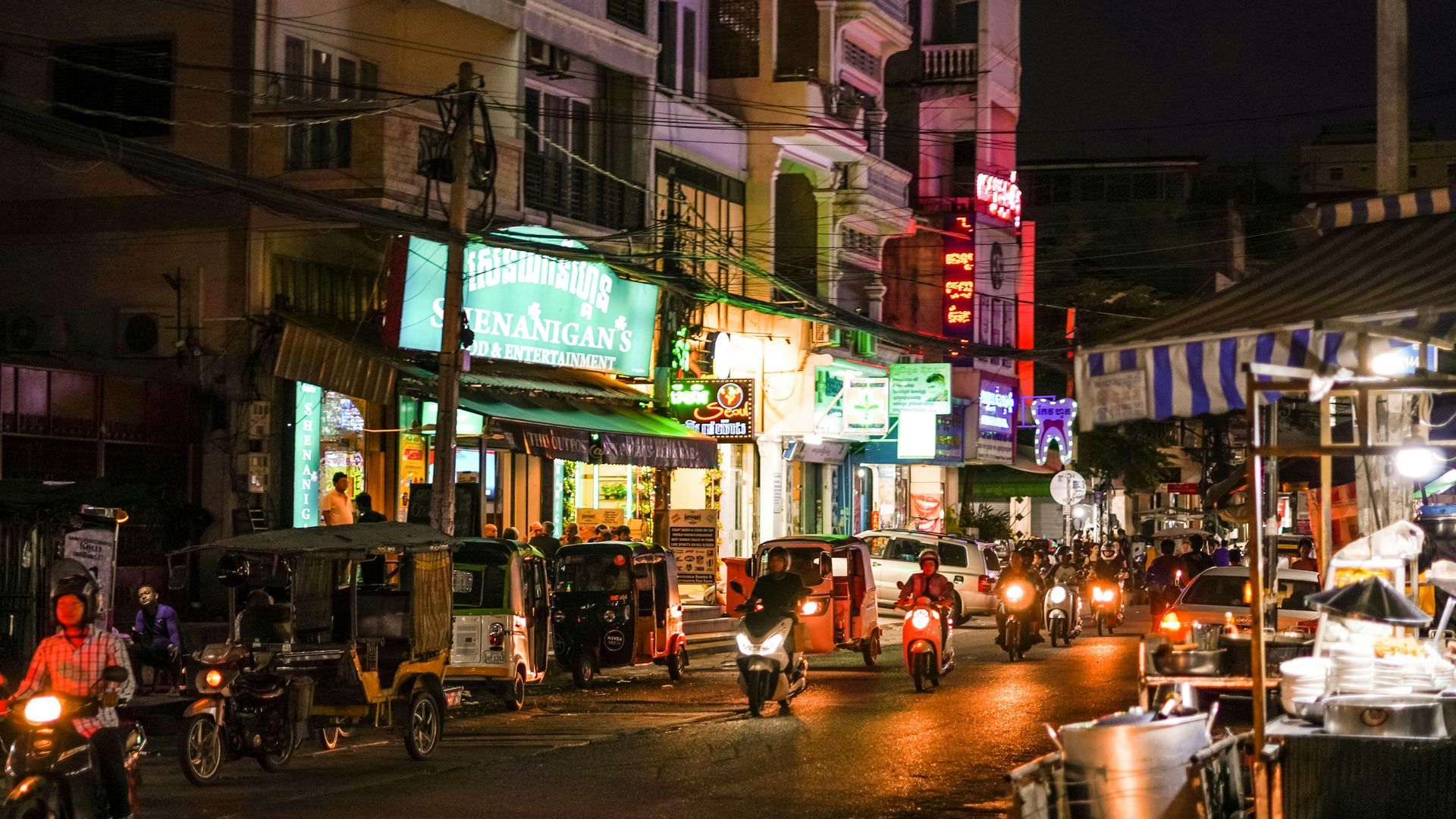
Slide title
Phnom Penh
Button
Slide title
Phnom Penh
Button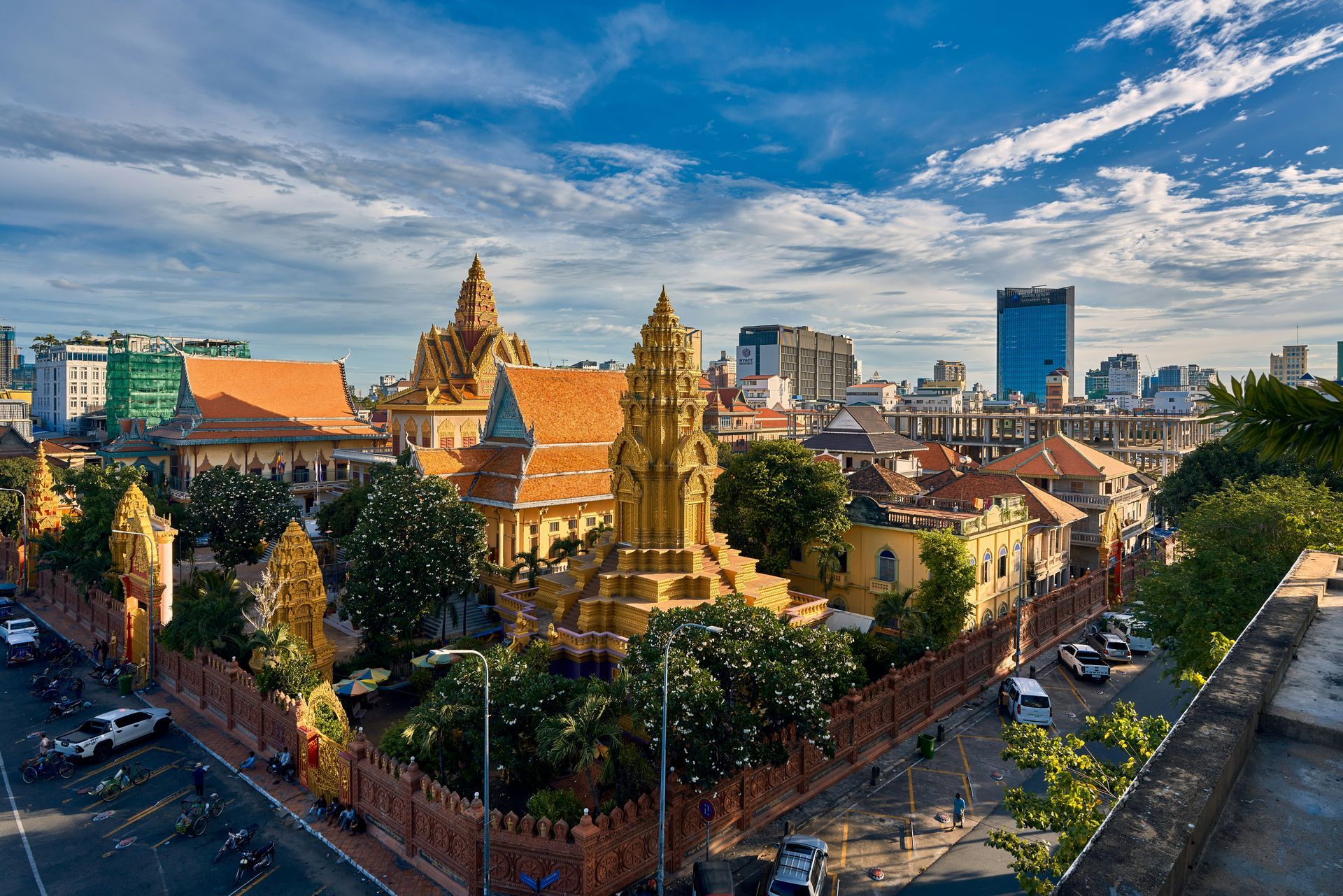
Slide title
Phnom Penh
Button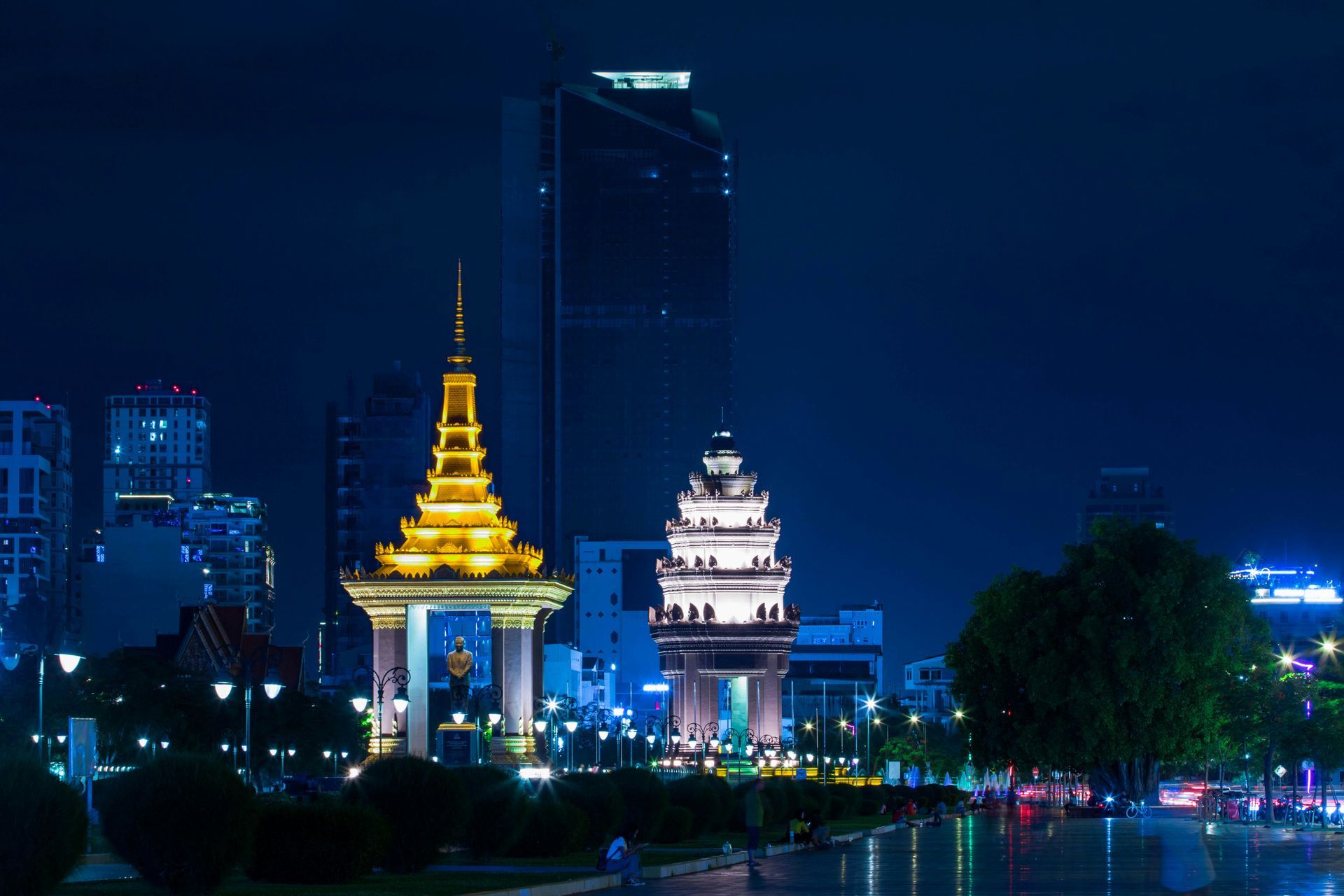
Slide title
Phnom Penh
Button
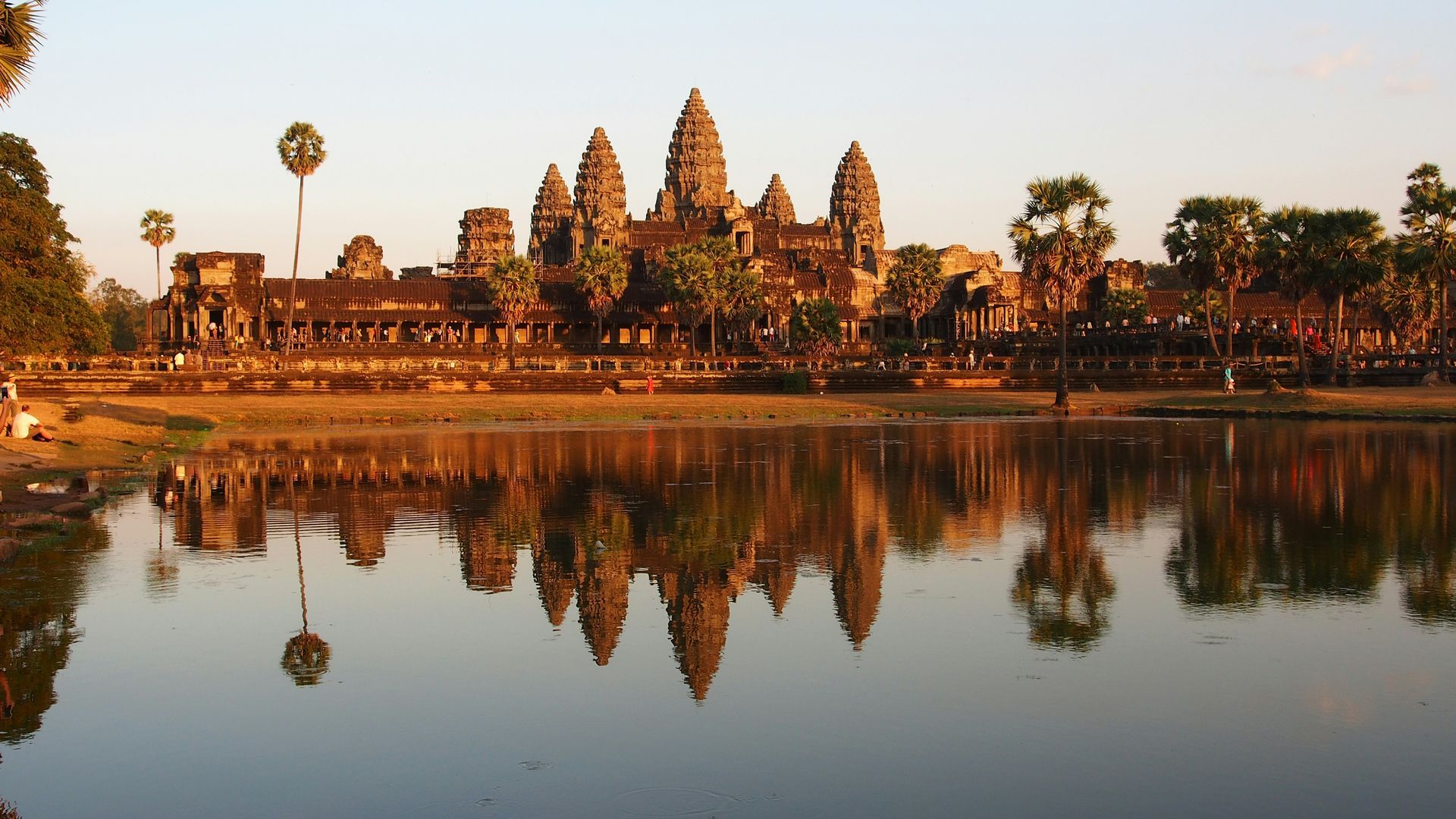
Slide title
Siem Reap
Button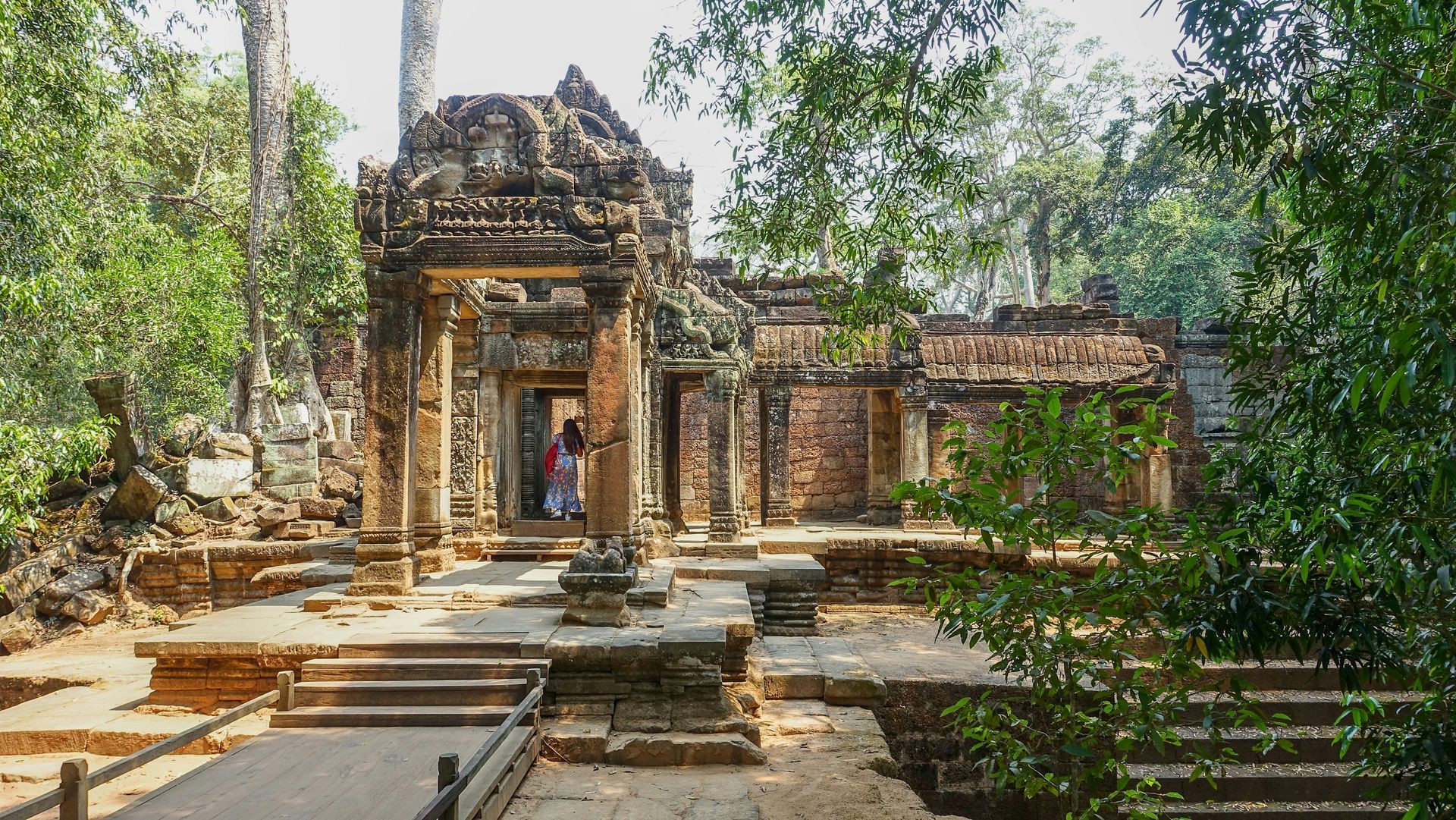
Slide title
Siem Reap
Button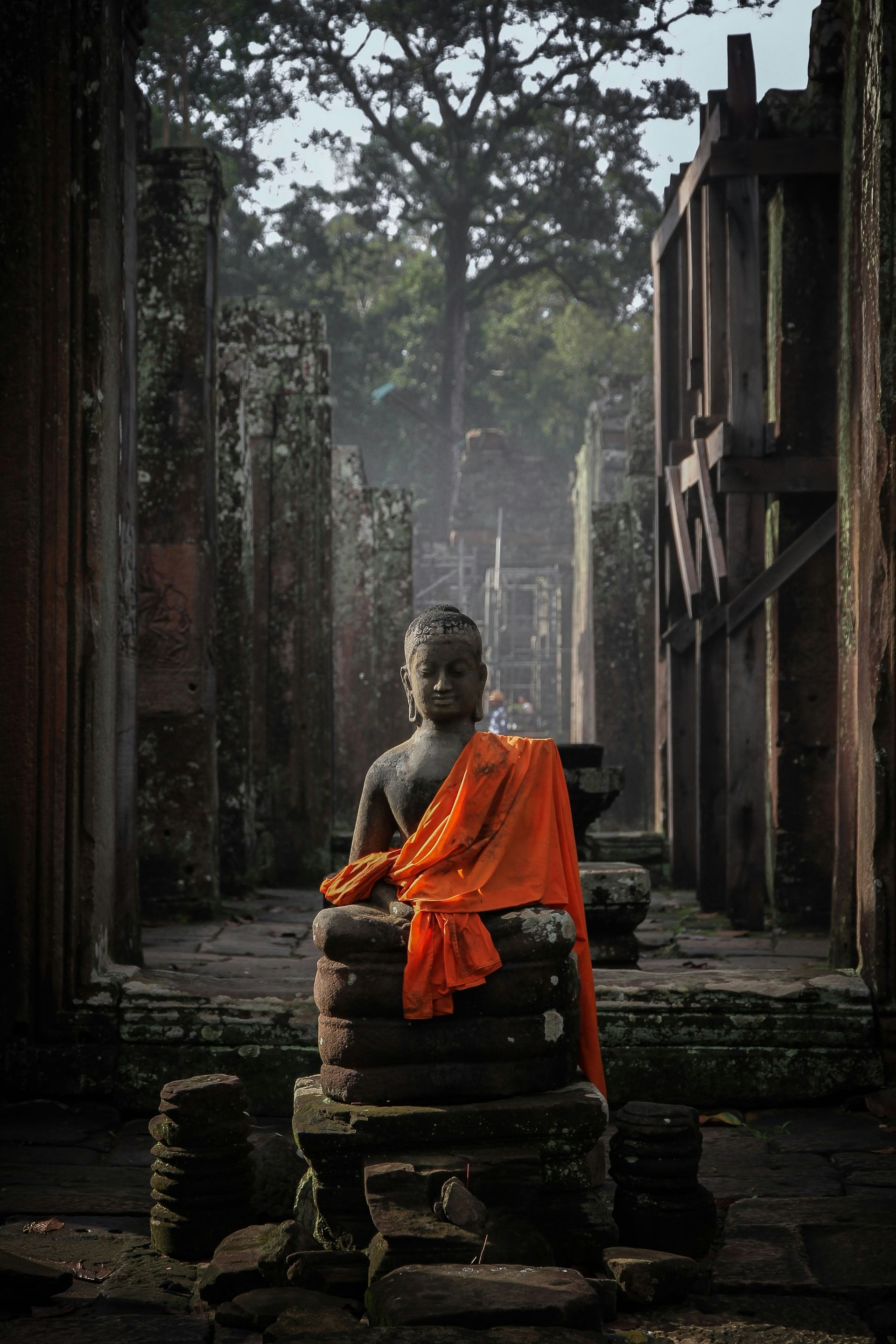
Slide title
Siem Reap
Button
Slide title
Siem Reap
Button
Slide title
Siem Reap
Button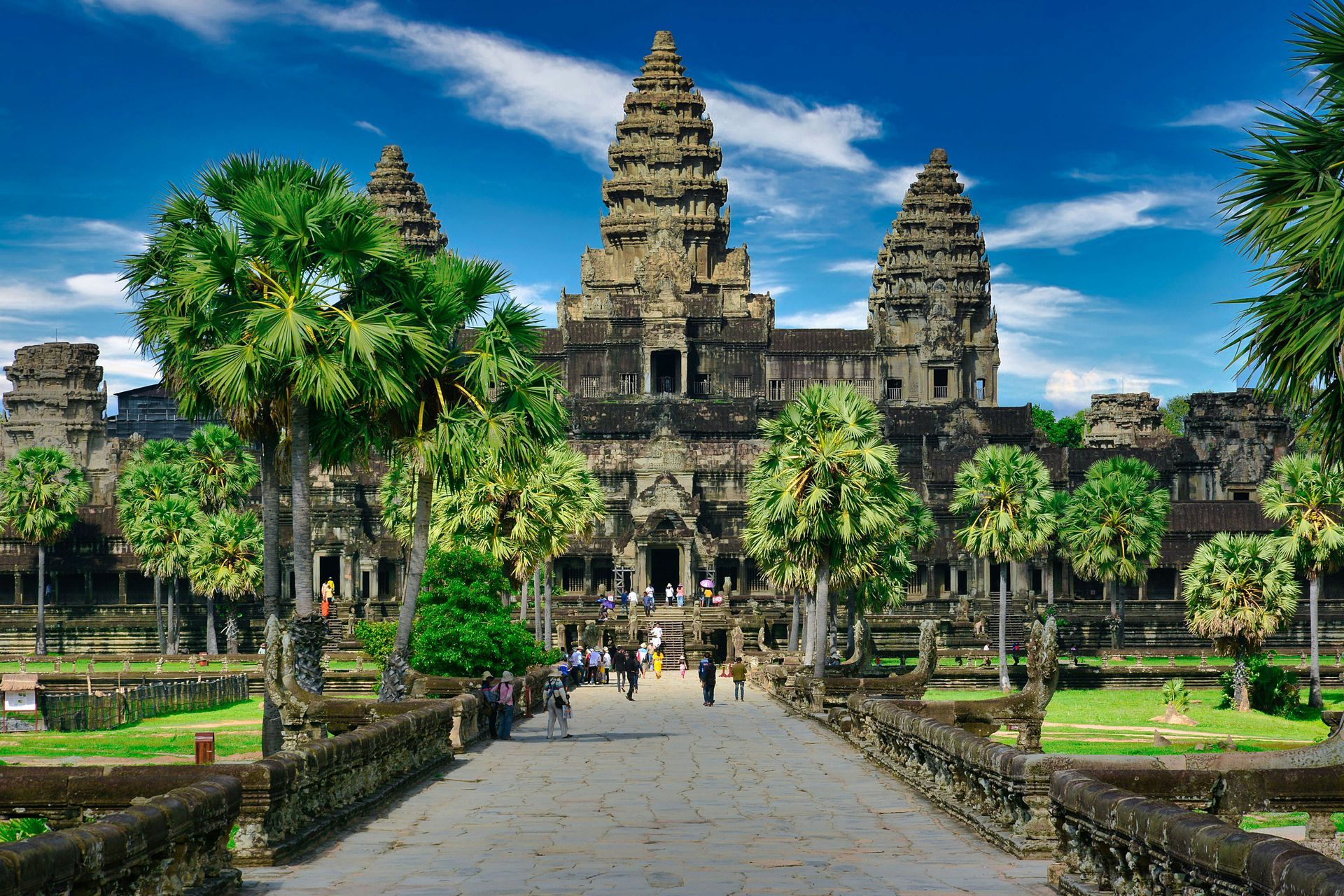
Slide title
Siem Reap
Button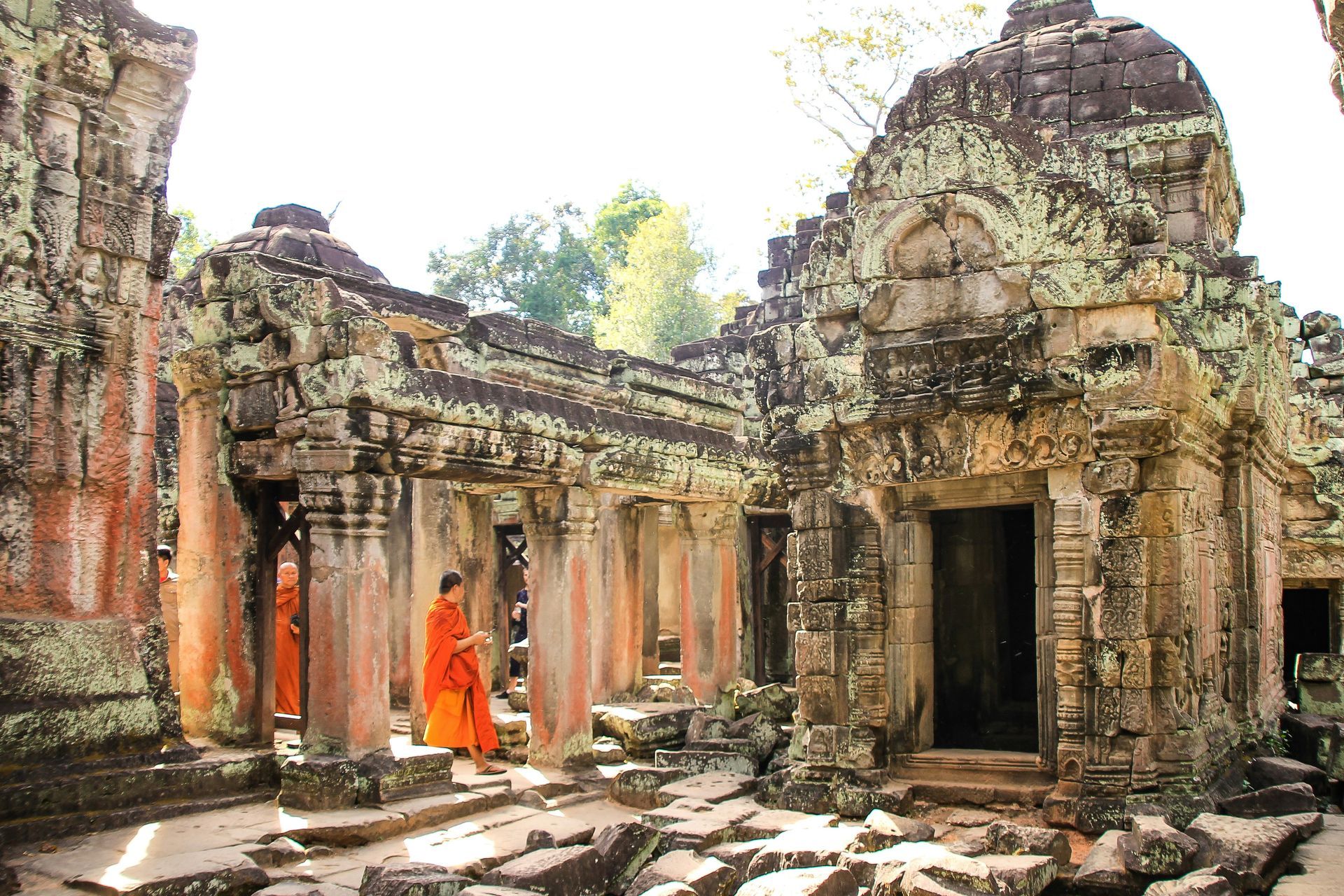
Slide title
Siem Reap
Button
Slide title
Siem Reap
Button
Slide title
Siem Reap
Button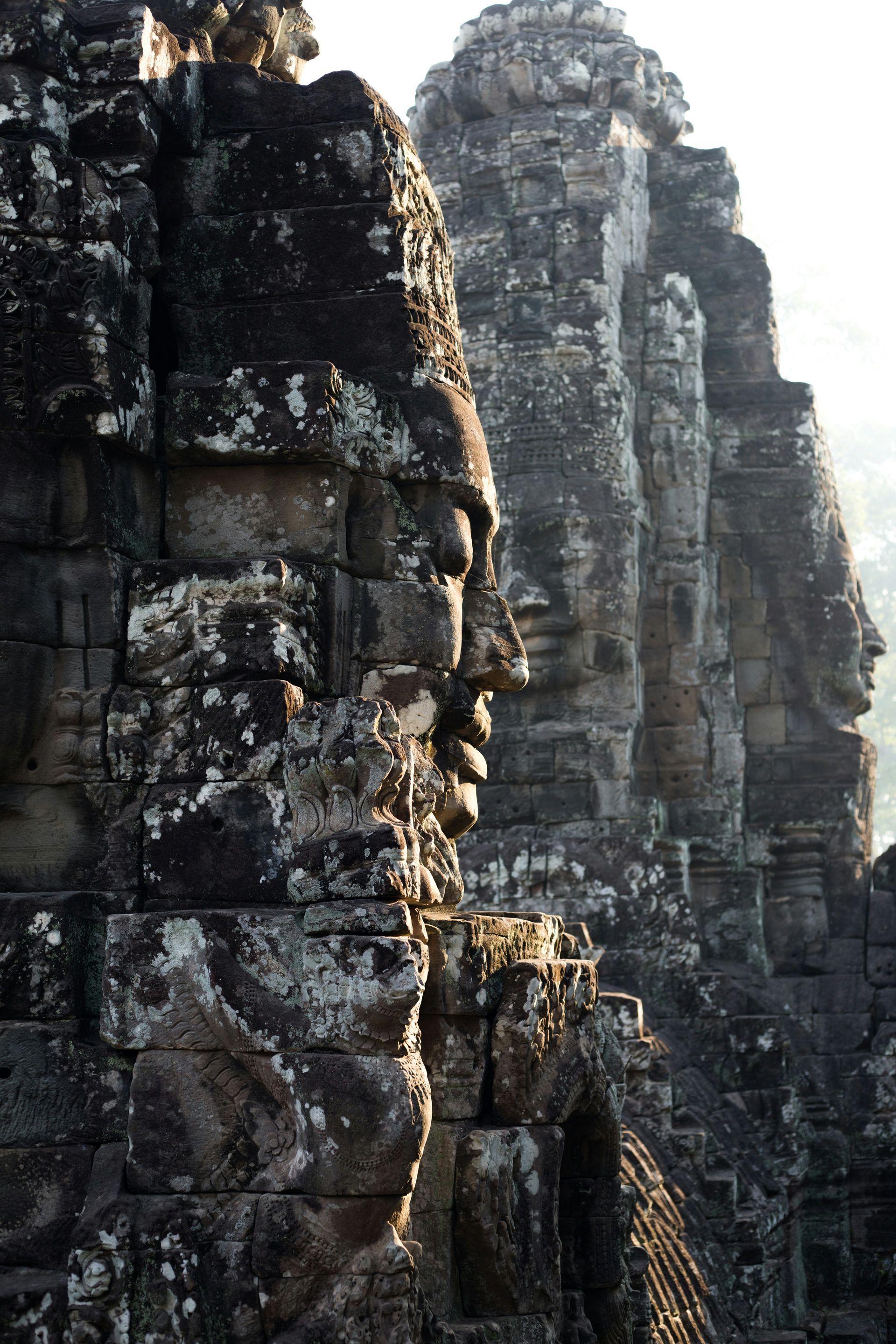
Slide title
Siem Reap
Button

Slide title
Koh Rong
Button
Slide title
Koh Rong
Button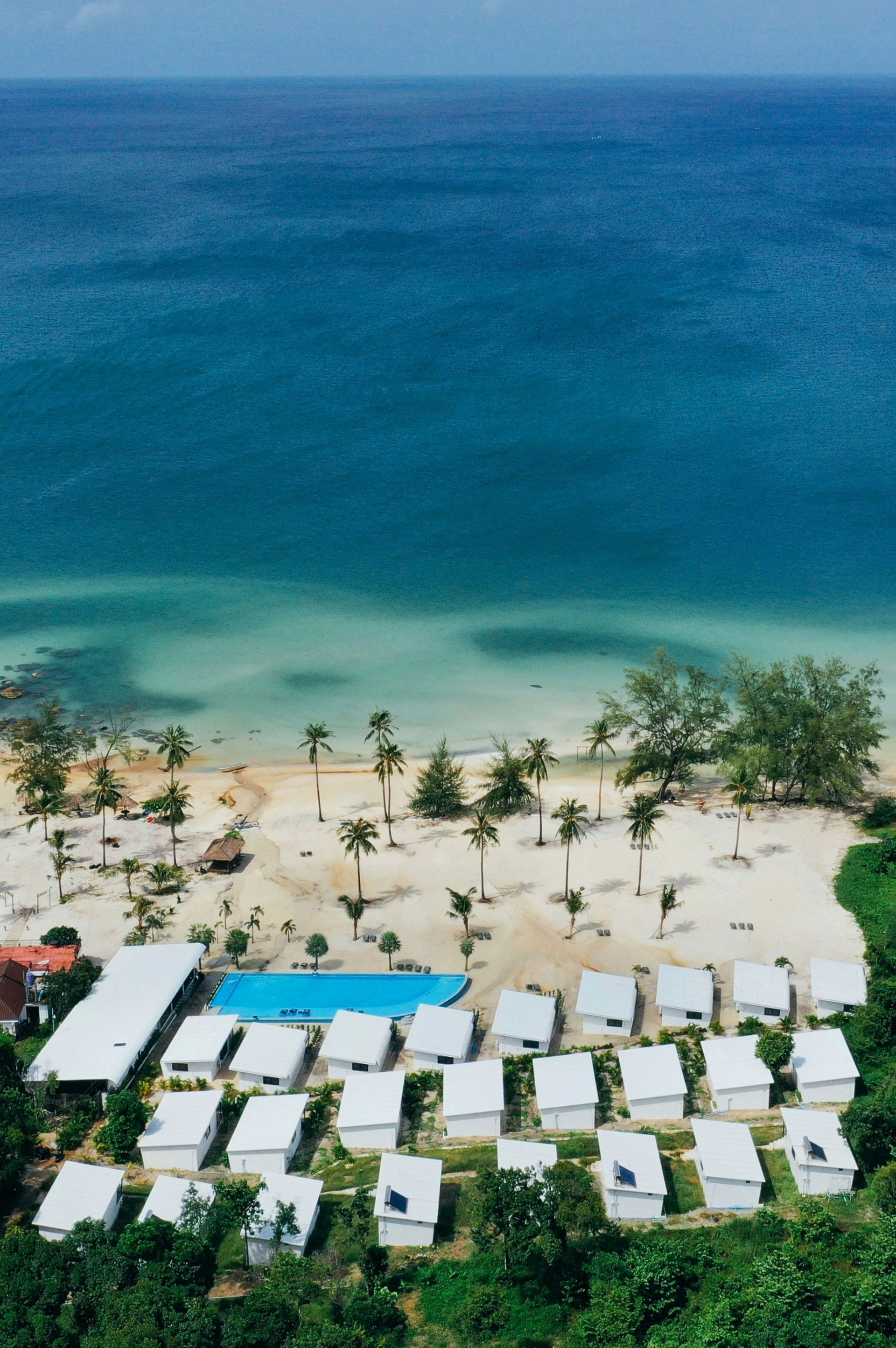
Slide title
Koh Rong
Button
Slide title
Koh Rong
Button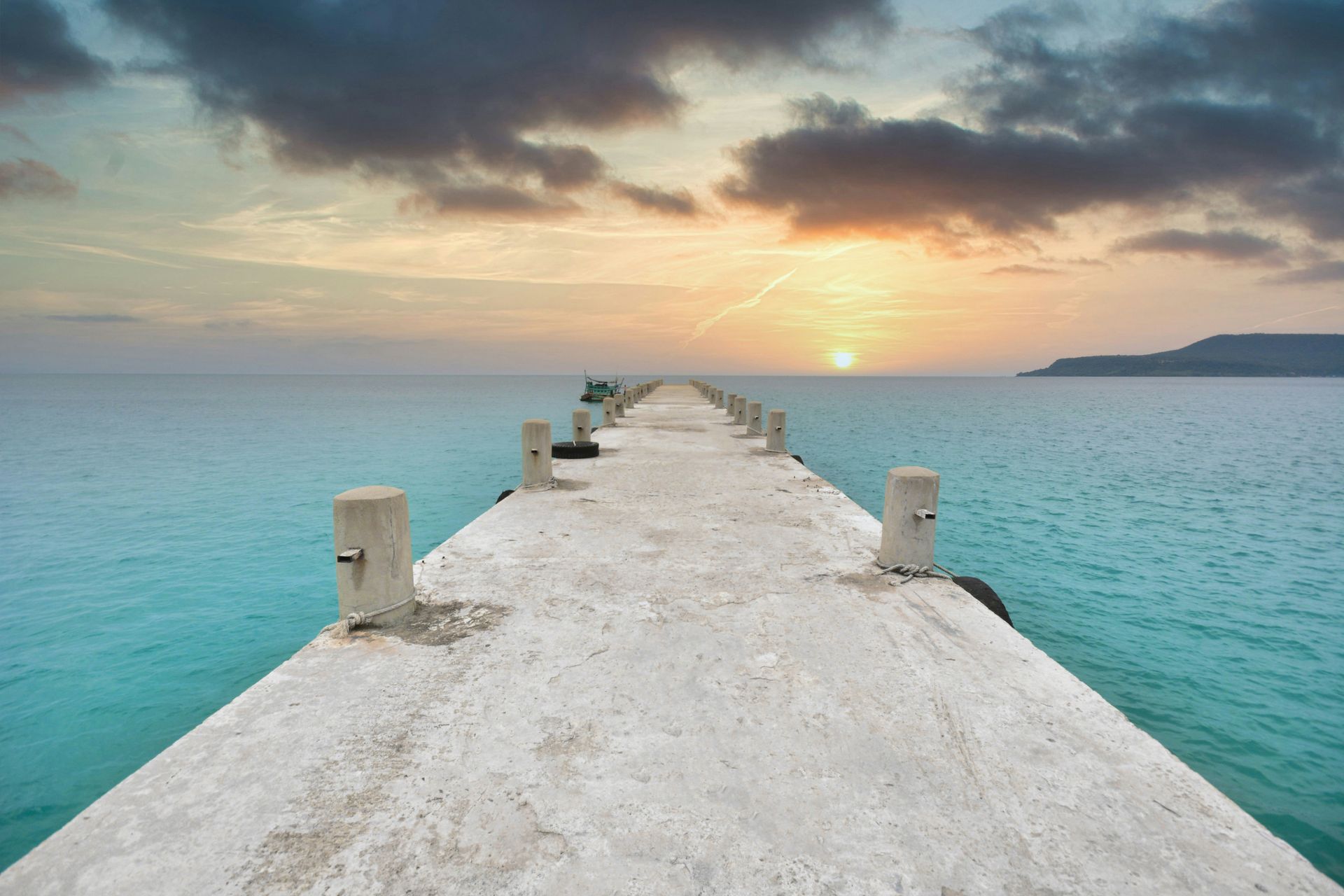
Slide title
Koh Rong
Button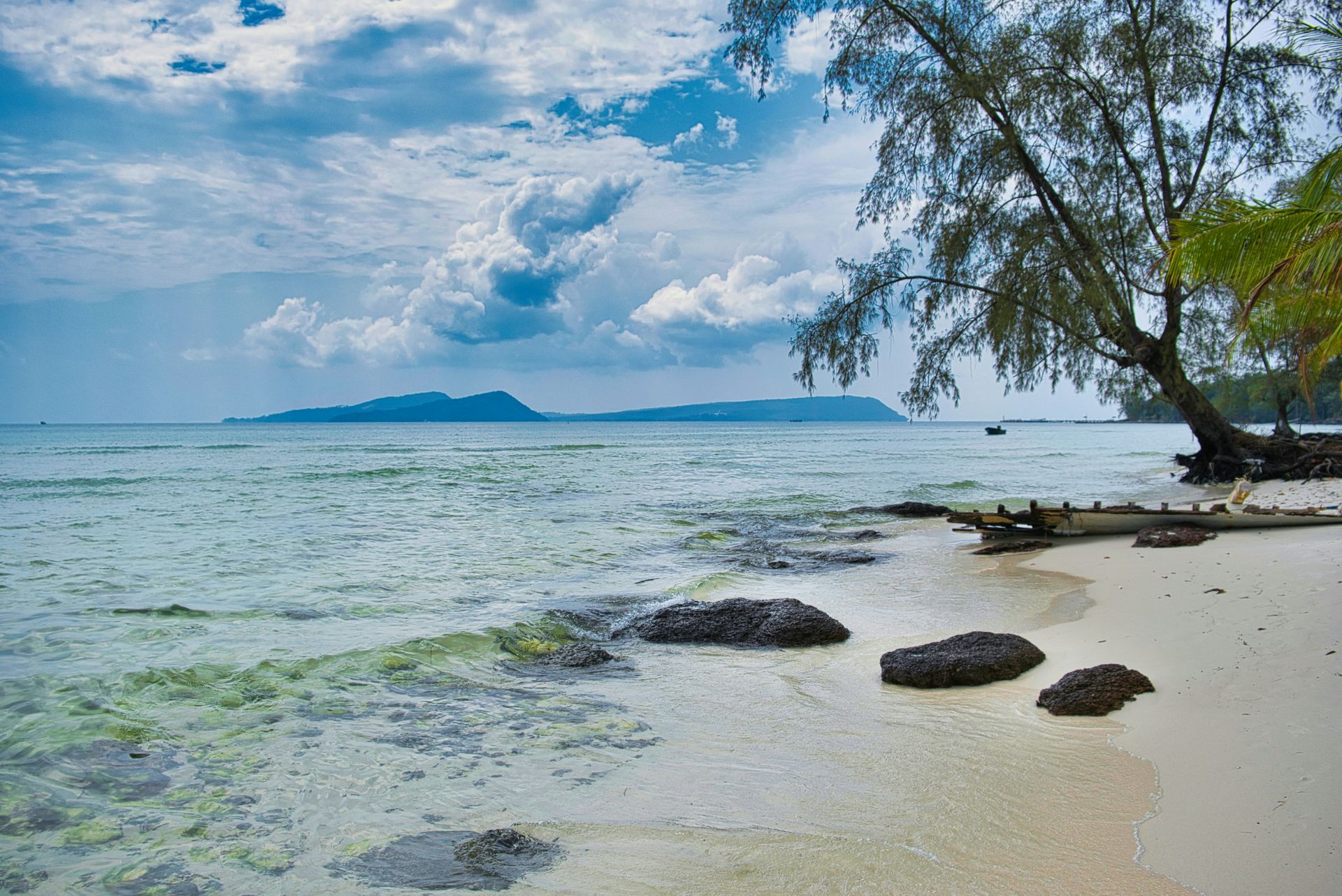
Slide title
Koh Rong
Button
Slide title
Koh Rong
Button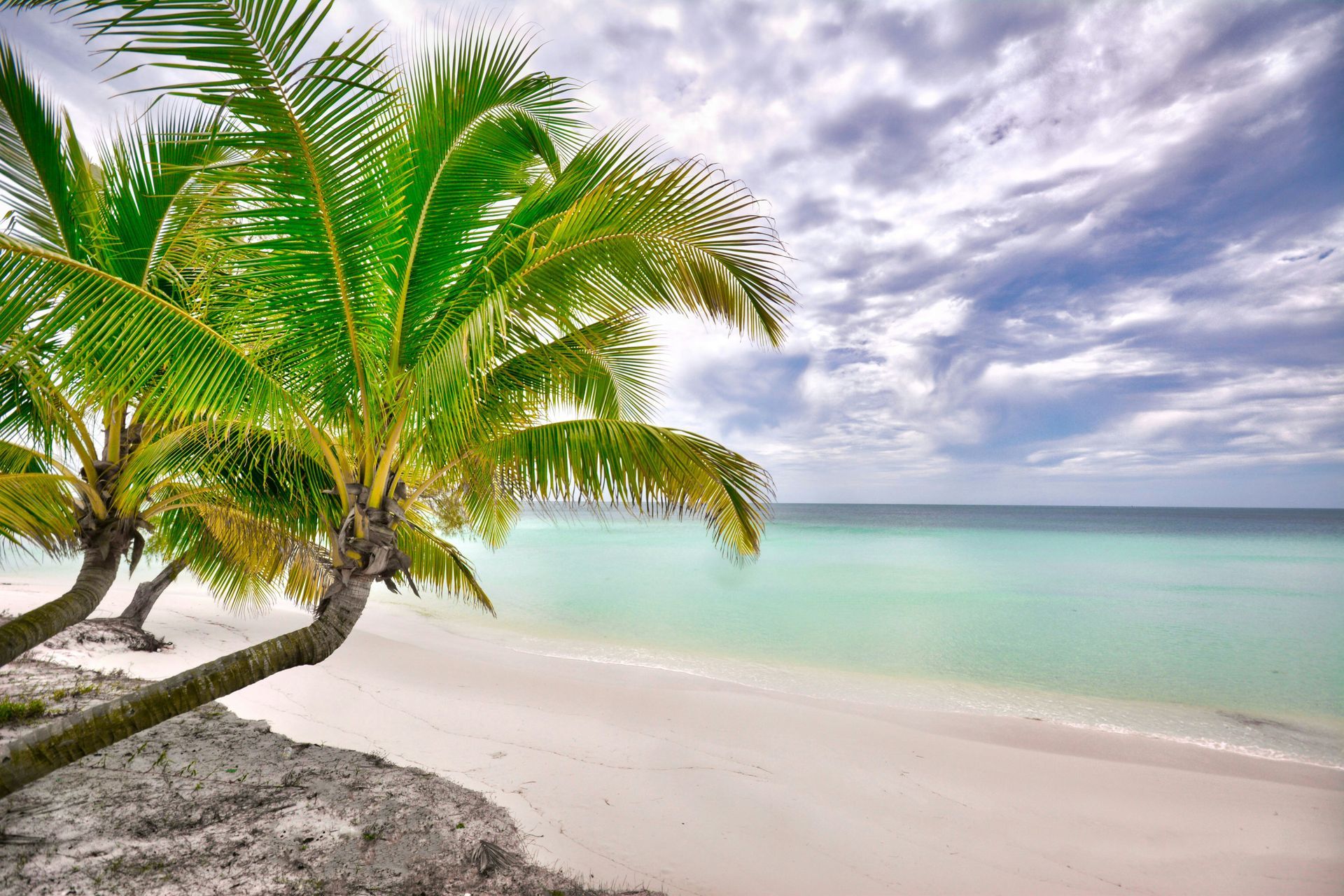
Slide title
Koh Rong
Button
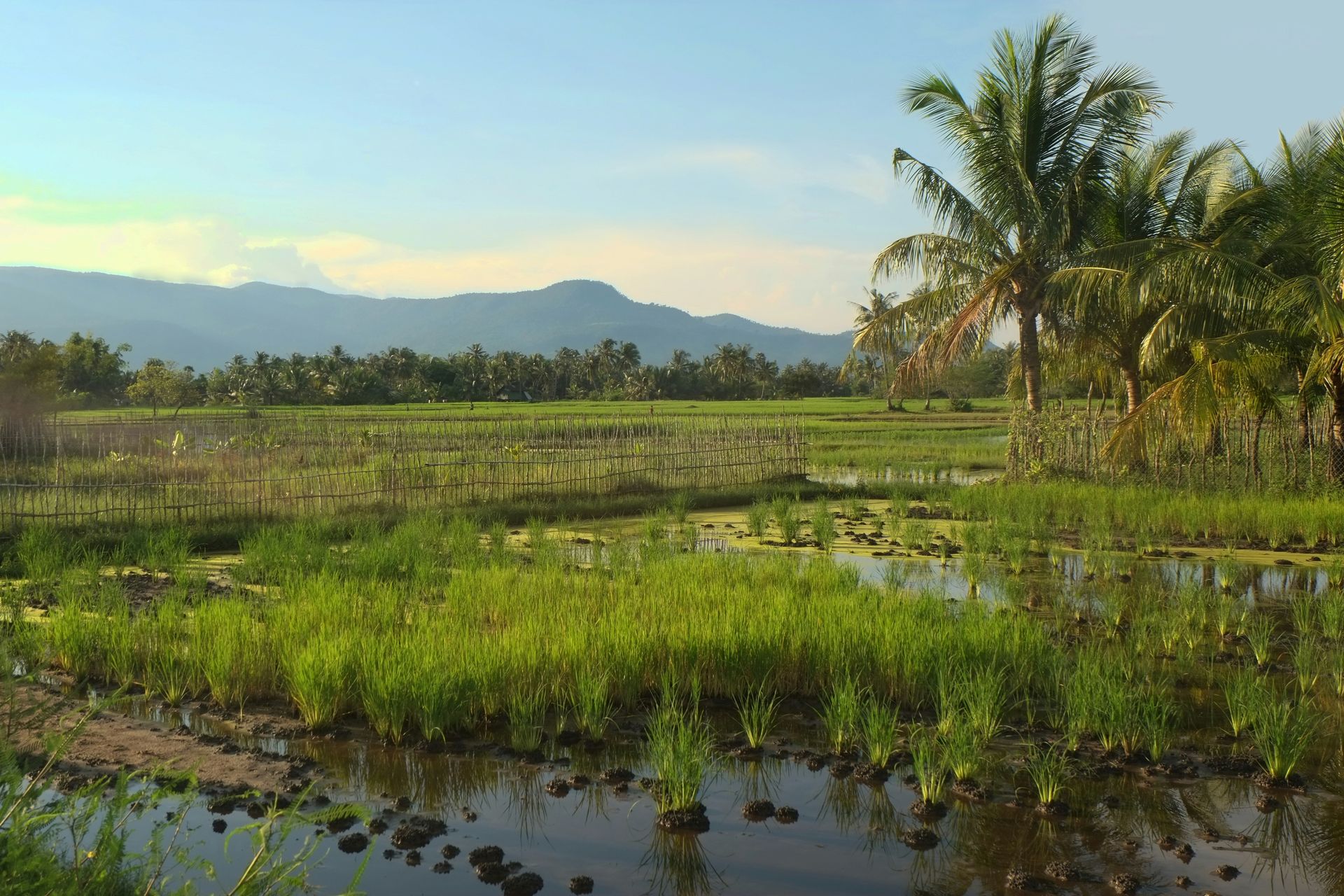
Slide title
Kampot
Button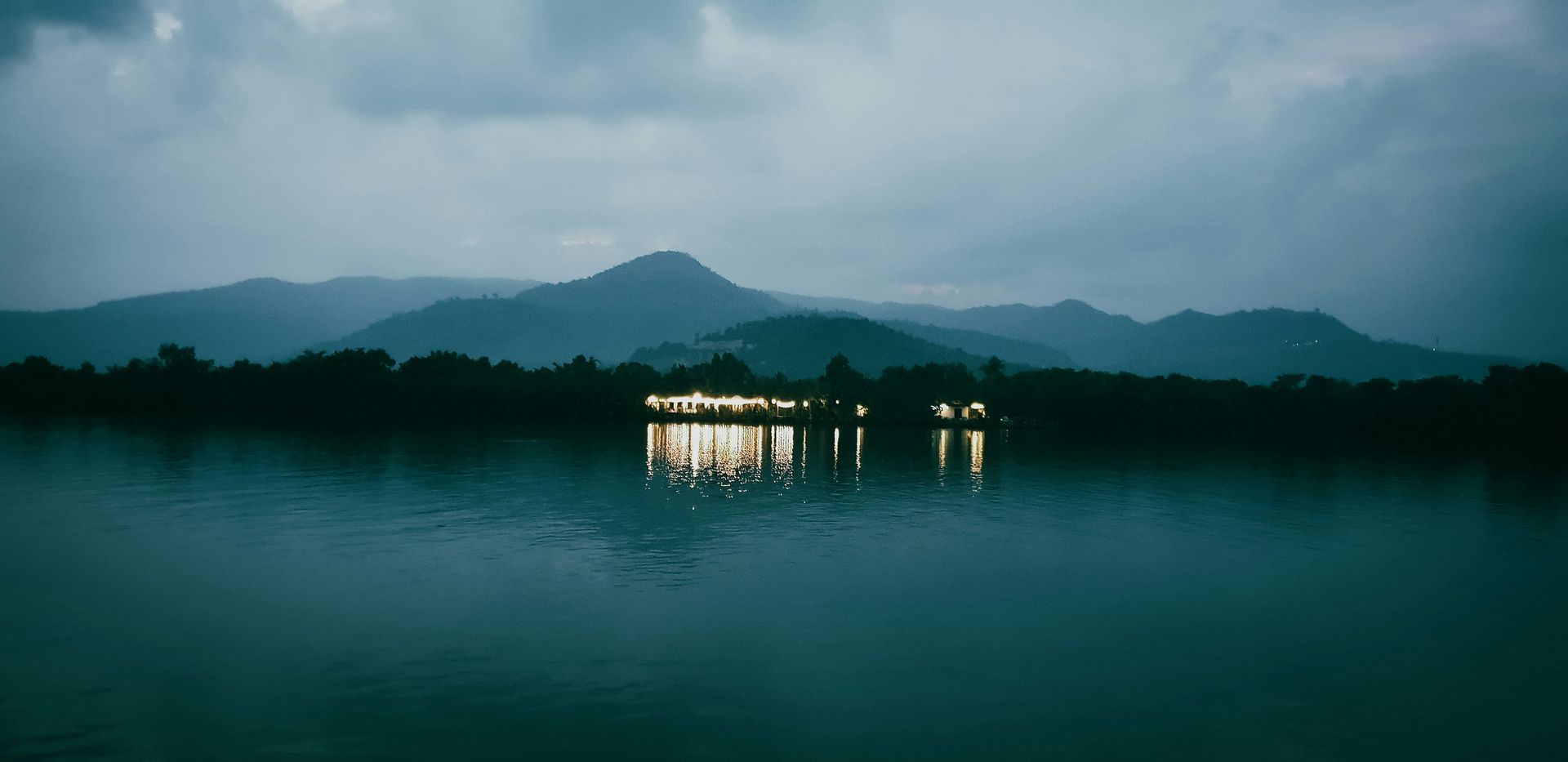
Slide title
Kampot
Button
Slide title
Kampot
Button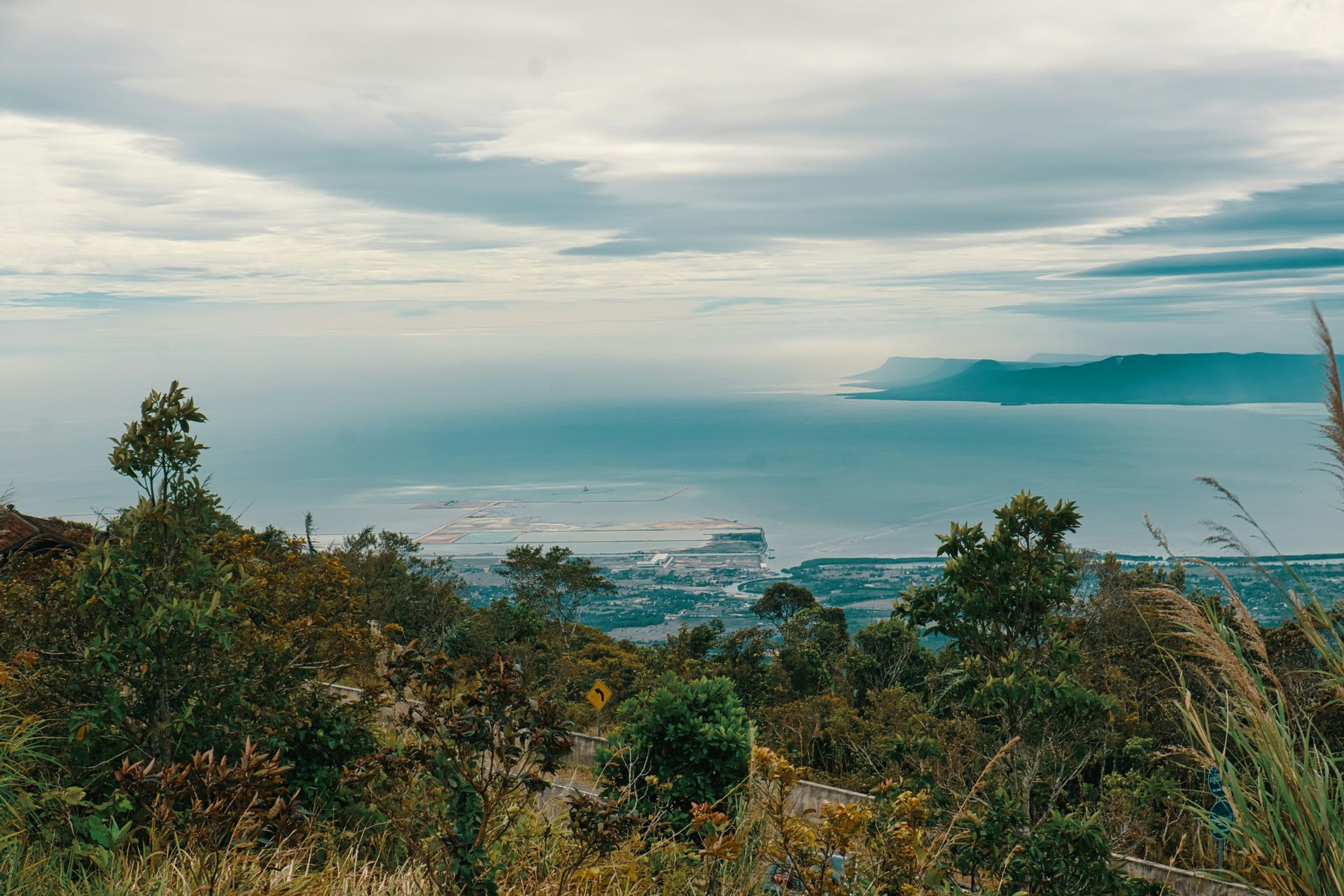
Slide title
Kampot
Button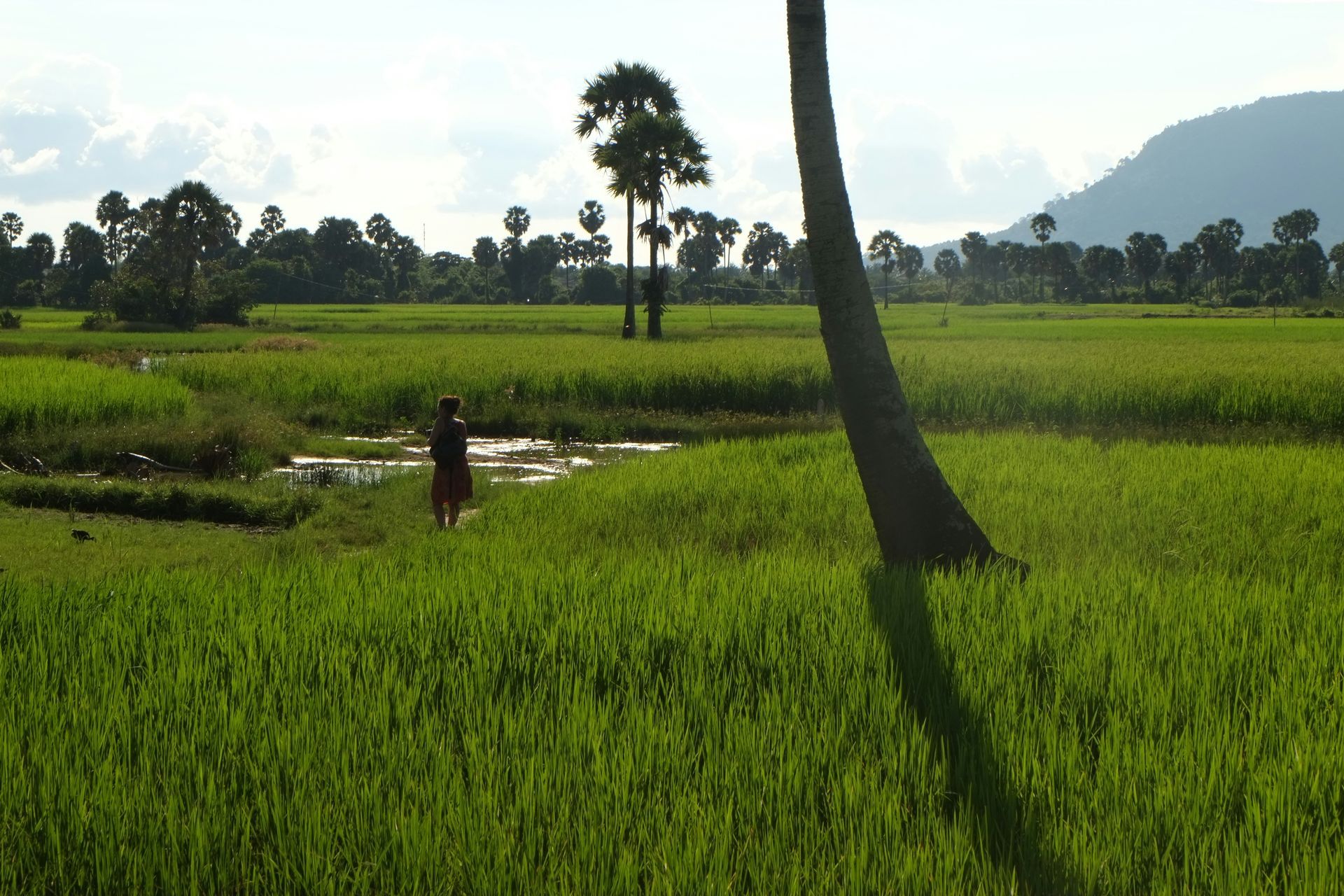
Slide title
Kampot
Button
Featured Destinations

Slide title
Phnom Penh
Button
Slide title
Phnom Penh
Button
Slide title
Phnom Penh
Button
Slide title
Phnom Penh
Button
Slide title
Phnom Penh
Button
Slide title
Phnom Penh
Button

Slide title
Siem Reap
Button
Slide title
Siem Reap
Button
Slide title
Siem Reap
Button
Slide title
Siem Reap
Button
Slide title
Siem Reap
Button
Slide title
Siem Reap
Button
Slide title
Siem Reap
Button
Slide title
Siem Reap
Button
Slide title
Siem Reap
Button
Slide title
Siem Reap
Button

Slide title
Koh Rong
Button
Slide title
Koh Rong
Button
Slide title
Koh Rong
Button
Slide title
Koh Rong
Button
Slide title
Koh Rong
Button
Slide title
Koh Rong
Button
Slide title
Koh Rong
Button
Slide title
Koh Rong
Button

Slide title
Kampot
Button
Slide title
Kampot
Button
Slide title
Kampot
Button
Slide title
Kampot
Button
Slide title
Kampot
Button
Traditional Dishes
-
Samlor Korkor
Often called Cambodia’s national soup, Samlor Korkor is a hearty, traditional dish made with a variety of vegetables, catfish or pork, and flavored with roasted rice powder that gives it a rich, nutty taste. This wholesome stew reflects Cambodia’s farming roots, as ingredients often come fresh from village gardens. Nutritious and comforting, it is a dish that captures the essence of everyday Cambodian cooking.
-
Nom Banh Chok
Known as Cambodia’s beloved “Khmer noodles,” Nom Banh Chok is a popular breakfast dish of fresh rice noodles topped with a fragrant green fish curry made from lemongrass, turmeric, and kaffir lime. Garnished with crisp vegetables and herbs, it’s light yet flavorful, offering a refreshing start to the day.
-
Amok Trey
One of Cambodia’s most iconic dishes, Amok Trey is a fragrant fish curry steamed in banana leaves. Blended with coconut milk, lemongrass, galangal, and turmeric, it creates a silky custard-like texture with delicate, aromatic flavors. Traditionally served with rice, this dish represents the elegance of Khmer cuisine and is often enjoyed during festivals and special occasions, making it both a national treasure and a must-try for visitors.
-
Lap Khmer
Lap Khmer is a refreshing Cambodian beef salad, often made with thinly sliced or lightly seared beef marinated in lime juice, garlic, fish sauce, and chili. Tossed with fresh herbs, cucumbers, and crisp vegetables, it offers a zesty balance of savory, sour, and spicy flavors. Light yet bold, this dish is a favorite during hot days and showcases the vibrant, citrusy side of Khmer cuisine.
-
Chaa Angrong Sach Ko
Chaa Angrong Sach Ko is a traditional Cambodian stir-fry featuring tender strips of beef cooked with the distinctive flavor of wild lemongrass (angrong), garlic, and chili. The aromatic herbs give the dish a bold, zesty taste, while fresh vegetables add balance and texture. Often served with rice, this hearty stir-fry highlights Cambodia’s love of vibrant, herb-driven flavors and its creative use of local ingredients.
-
Bai Sach Chrouk
Bai Sach Chrouk is one of Cambodia’s most beloved breakfast dishes, featuring thin slices of pork marinated in garlic and soy, then grilled to smoky perfection. Served over fragrant rice with pickled vegetables and a side of clear broth, it’s a simple yet flavorful meal that fuels locals for the day ahead. Widely found at street stalls in the early morning, Bai Sach Chrouk captures the warmth and authenticity of Cambodian everyday cuisine.
-
Chhar Kdam Merec
Chhar Kdam Merec is a flavorful Cambodian dish of stir-fried crab infused with black pepper, a spice for which Kampot is world-renowned. The sweet, delicate crab meat pairs perfectly with the sharp, aromatic heat of the pepper, creating a dish that is both bold and refined. Often enjoyed along Cambodia’s coastal regions, especially Kep, it’s a true taste of the sea and a celebration of the country’s culinary diversity.
Traditional Dishes
-
Samlor Korkor
Often called Cambodia’s national soup, Samlor Korkor is a hearty, traditional dish made with a variety of vegetables, catfish or pork, and flavored with roasted rice powder that gives it a rich, nutty taste. This wholesome stew reflects Cambodia’s farming roots, as ingredients often come fresh from village gardens. Nutritious and comforting, it is a dish that captures the essence of everyday Cambodian cooking.
-
Nom Banh Chok
Known as Cambodia’s beloved “Khmer noodles,” Nom Banh Chok is a popular breakfast dish of fresh rice noodles topped with a fragrant green fish curry made from lemongrass, turmeric, and kaffir lime. Garnished with crisp vegetables and herbs, it’s light yet flavorful, offering a refreshing start to the day.
-
Amok Trey
One of Cambodia’s most iconic dishes, Amok Trey is a fragrant fish curry steamed in banana leaves. Blended with coconut milk, lemongrass, galangal, and turmeric, it creates a silky custard-like texture with delicate, aromatic flavors. Traditionally served with rice, this dish represents the elegance of Khmer cuisine and is often enjoyed during festivals and special occasions, making it both a national treasure and a must-try for visitors.
-
Lap Khmer
Lap Khmer is a refreshing Cambodian beef salad, often made with thinly sliced or lightly seared beef marinated in lime juice, garlic, fish sauce, and chili. Tossed with fresh herbs, cucumbers, and crisp vegetables, it offers a zesty balance of savory, sour, and spicy flavors. Light yet bold, this dish is a favorite during hot days and showcases the vibrant, citrusy side of Khmer cuisine.
-
Chaa Angrong Sach Ko
Chaa Angrong Sach Ko is a traditional Cambodian stir-fry featuring tender strips of beef cooked with the distinctive flavor of wild lemongrass (angrong), garlic, and chili. The aromatic herbs give the dish a bold, zesty taste, while fresh vegetables add balance and texture. Often served with rice, this hearty stir-fry highlights Cambodia’s love of vibrant, herb-driven flavors and its creative use of local ingredients.
-
Bai Sach Chrouk
Bai Sach Chrouk is one of Cambodia’s most beloved breakfast dishes, featuring thin slices of pork marinated in garlic and soy, then grilled to smoky perfection. Served over fragrant rice with pickled vegetables and a side of clear broth, it’s a simple yet flavorful meal that fuels locals for the day ahead. Widely found at street stalls in the early morning, Bai Sach Chrouk captures the warmth and authenticity of Cambodian everyday cuisine.
-
Chhar Kdam Merec
Chhar Kdam Merec is a flavorful Cambodian dish of stir-fried crab infused with black pepper, a spice for which Kampot is world-renowned. The sweet, delicate crab meat pairs perfectly with the sharp, aromatic heat of the pepper, creating a dish that is both bold and refined. Often enjoyed along Cambodia’s coastal regions, especially Kep, it’s a true taste of the sea and a celebration of the country’s culinary diversity.
Love this destination?
Have Viking Travel book your next getaway!




